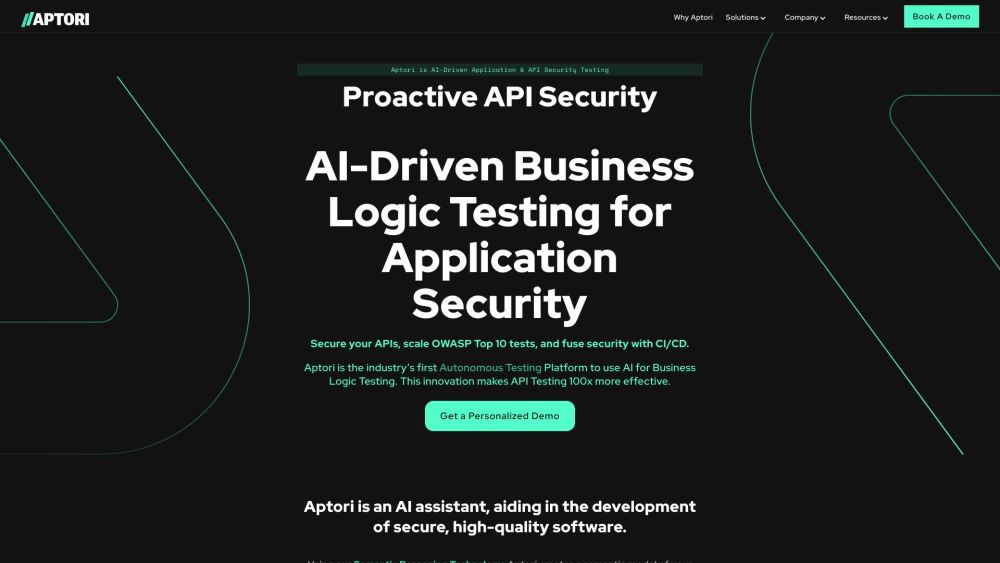Common Questions About Aptori
What makes Aptori different?
Aptori uses AI to understand how your application *should* behave, then detects deviations that could indicate security flaws—especially in business logic, where most breaches originate.
How does Aptori integrate into development workflows?
It plugs into existing CI/CD systems and version control platforms, automatically triggering intelligent security tests with every code commit.
What is AI-powered testing?
It’s the use of artificial intelligence to model user behavior, generate test scenarios, and identify vulnerabilities more accurately than rule-based tools.
What is autonomous testing?
A self-sustaining testing process where AI continuously discovers, executes, and evolves test cases without human input.
Why is application security testing important?
It helps prevent cyberattacks by identifying weaknesses in software before attackers can exploit them.
What is API security testing?
The process of evaluating APIs for vulnerabilities such as improper authentication, rate limiting flaws, or data leakage.
What are the benefits of API security testing?
Protects sensitive data, maintains service integrity, and ensures compliance with regulatory standards.
What is Shift-Left security testing?
Moving security earlier in the development lifecycle to detect and resolve issues faster and at lower cost.
What is Developer-First Security?
A philosophy that equips developers with intuitive, fast, and accurate security tools built into their daily workflow.
What is Semantic Testing?
A method where AI interprets the functional meaning of API calls to design tests that reflect real-world misuse scenarios.
Why choose Semantic Testing?
It uncovers logic flaws even in the absence of production traffic, ensuring thorough validation pre-launch.
What is VAPT?
Vulnerability Assessment and Penetration Testing combines automated scanning with simulated attack techniques to evaluate system resilience.
What is Automated Penetration Testing?
The use of intelligent software to mimic hacker behaviors and identify exploitable entry points efficiently and repeatedly.
